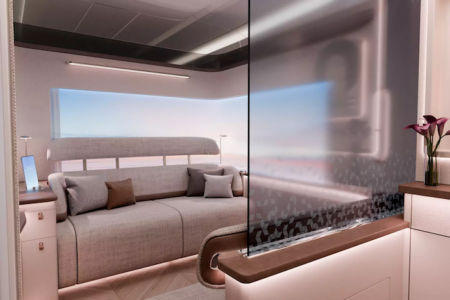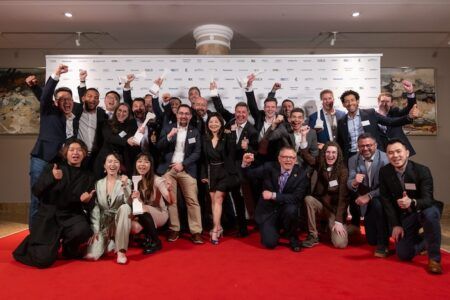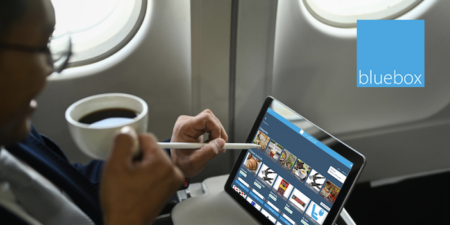Copenhagen Airport in Denmark has reported that its trial of Google Glass has been successful, in terms of both passenger and airport service team feedback. Working with SITA Lab, the technology research group at SITA, Copenhagen Airport is the first airport in the world to trial Google Glass.
Marie-Louise Lotz, director of customer care at Copenhagen Airport, said, “The feedback from our passengers and service team has been overwhelmingly positive. We found Google Glass very easy to use and more user-friendly than other devices such as tablets. We can reduce the amount of paper our duty managers need to carry to give great customer service, such as duty rosters, desk allocation sheets, peak prognosis, passenger numbers and cruise arrivals. And because the devices are hands-free, our managers are not focusing on a screen and can engage better with our passengers.”
The team also noted that having access to services like Google Translate and gate, baggage or flight information would help them improve dialogue with passengers. Sharing information with other colleagues on duty by using the camera for documentation purposes and publishing photos on a closed work forum promotes instant interaction between duty managers.
Jim Peters, CTO at SITA, said, “The killer benefit is that this technology is hands-free and enables a new way of working. At Copenhagen Airport we have seen real benefits for both passengers and service staff. From an operational point of view, the ease of adoption and the user-friendliness of the Glass devices are great – it only takes a day for staff to familiarise themselves with the new equipment.”
There are, however, still some technical issues to iron out.
Peters commented, “The devices need improved scanning capability, battery life and reduced heating during operation. But the potential for widespread usage in the air transport industry is great. SITA will continue testing and researching the best ways for this innovative technology to be embraced by airports and airlines.”
When it comes to reactions from passengers, there were two main groups at Copenhagen. Younger people were excited and keen to see how they too could use the technology. In contrast, the older age group did not notice the devices and when the Glass was demonstrated to them they were pleasantly surprised by the added benefits the service team was able to deliver. The airport is now investigating how it can introduce wearable technology to its passenger services team.




